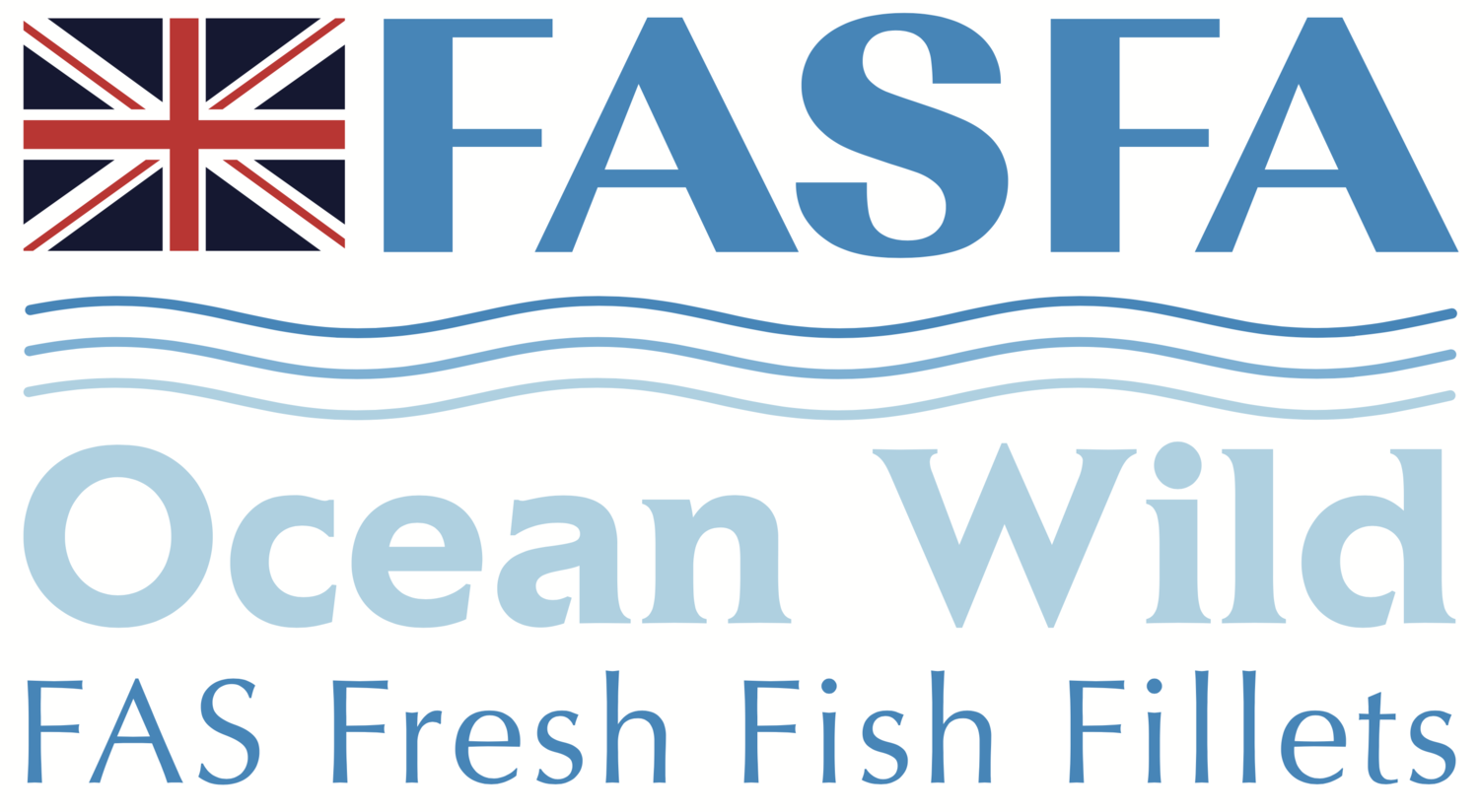FAQs: Challenging misconceptions about UK fish and chips
"Following the UK's withdrawal from the EU, there are many myths circulating around the future availability of the UK's favourite, fish & chips. Our FAQs set the record straight on these key issues."
Where does the fish in our fish and chip shops come from?
At some point over a twelve-month period 98% of UK fish and chip shops fry frozen at sea (FAS) cod and haddock fillets and around 80% fry FAS all the year round. Whilst enjoying fish and chips, most consumers are still unaware of where the fish in their fish and chips comes from. The vast majority of these fillets are sustainably sourced from Russia, Norway, Iceland, Faroe Islands, Greenland and the UK.
Why do fish and chip shops use frozen at sea fillets?
FAS fillets provide a solution to the demand for high quality products all year round and play a vital part in reducing overfishing through the reduction of food waste and the use of cutting edge technology.
The technology on board the trawlers fishing in these sustainable fisheries enables the catch to be processed and frozen on board within four hours of being caught, locking in the freshness, taste and nutritional benefits. This means that UK fish and chip shops can always rely on these supply chains to provide them with delicious cod and haddock fillets, of the highest quality.
Will the UK’s withdrawal from the EU affect the availability of cod and haddock in fish and chip shops?
In a word, no! In fact, with over 85% of fish sold in UK shops being FAS fillets from non-EU waters, our supply chains remain robust and secure. Despite this, headlines are still published, which claim that the supplies of cod and haddock for the UK’s favourite dish are at risk. This is wholly misleading.
FAS fillets sold in UK shops are sustainably sourced from the bountiful, clear, ice cold, fishing grounds of the North Atlantic by British, Icelandic, Norwegian, Russian and Faroese vessels. As a result of the UK being the largest market for these fillets, it is anticipated that these fleets and their contracts with the UK will be largely unaffected by any ongoing disputes with the EU, following our recent withdrawal.
Significantly, bi-lateral agreements between the UK and Norway and Iceland will lay the foundations for our mutually beneficial, commercial relations to continue to flourish in the coming years. As well as Norway and Iceland, the UK has strong historical trading relations with Russia and the Faroes, so the recurring narrative around ‘the end of Great British Fish and Chips’ really holds no water.
Will the price of fish and chips spiral, due to the UK’s withdrawal from the EU and will there be a shortage of fish for fish and chip shops?
No. Again, some headlines have been disappointingly misleading on this issue. In truth, supply chains are extremely resilient and the price of FAS fillets bought in the UK remains steady and has been for some time, in part due to the existing commercial relationships and trading arrangements outlined above.
Furthermore, the nature of FAS fillets mean that their freshness is sealed in within hours of being caught and filleted by the state-of-the-art freezing processes on board the modern fishing vessels. The fact that they are frozen also means that there are no issues around long-term storage, so shops and consumers needn’t worry about a shortage!
Is it possible to source cod and haddock sustainably? Aren’t they running out?
Cod and haddock fisheries and stocks are subject to careful and rigorous management and scrutiny to ensure their continued health and sustainability. As such, frozen at sea cod and haddock fillets that are supplied to UK fish and chip shops are sourced from bountiful, sustainable fisheries in the North Atlantic and Barents Sea. These fisheries are monitored and well-managed, year-round, with healthy stocks of both cod and haddock.
What environmental and sustainability measures do FAS vessels have in place to ensure they operate responsibly?
This is an issue upon which all partners within the supply chain are united and where we see some of the strongest collaborative work in bringing together science and industry to achieve a shared goal. Far from operating at an arm’s length from the scientific community, the commercial fishing industry work hand in glove with them, and these vessels are no exception.
As well as ensuring that they always operate sustainably in terms of which fishing grounds they visit and when these vessels also use state-of-the-art technology and gear types to ensure that they have an as little environmental impact as possible. FAS Cod and Haddock fillets are either trawl caught or longline caught and advanced selectivity gear is used to ensure that by-catch is kept to a minimum.

